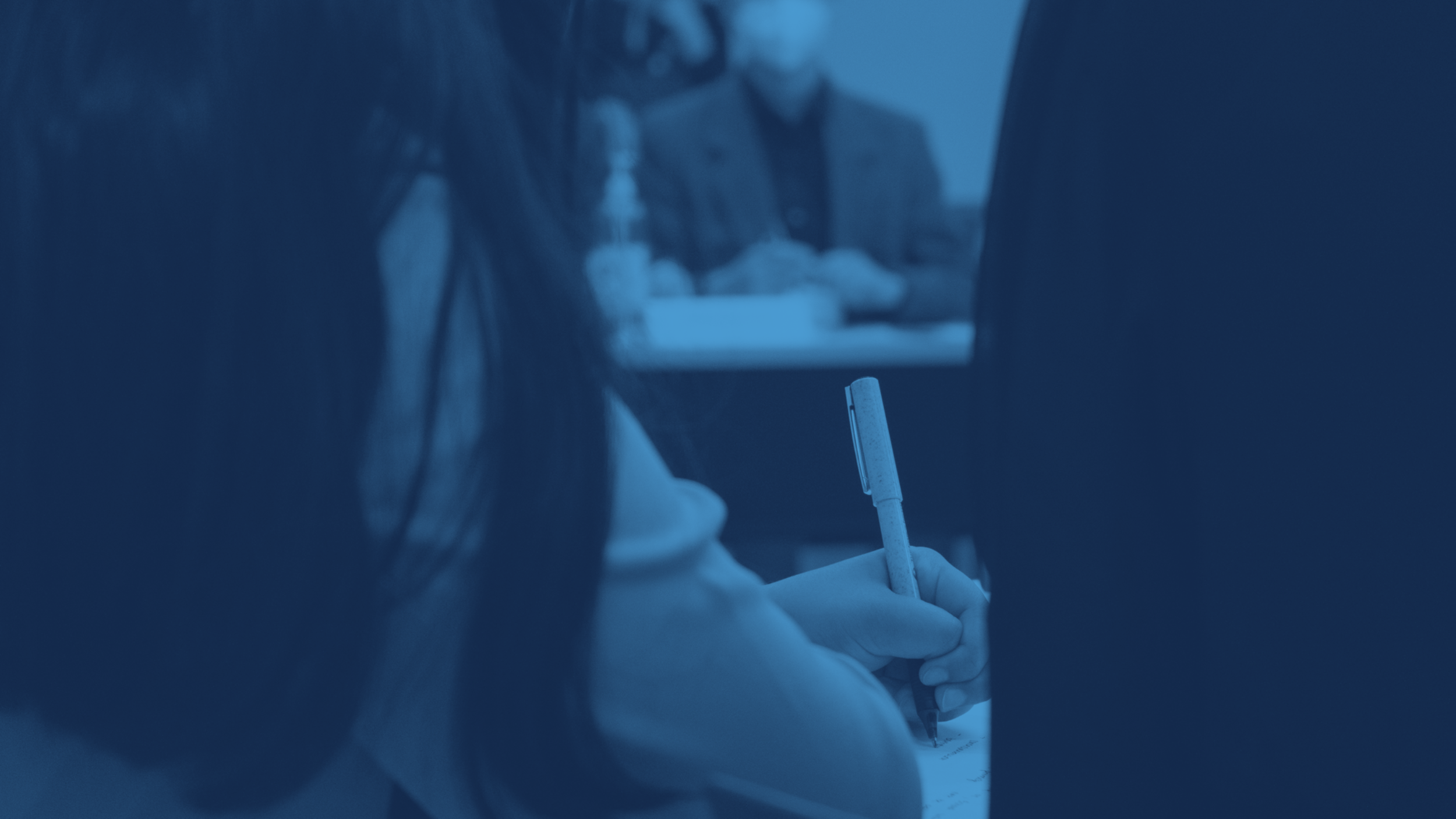
CASE Library
Explore The Issues that Matter.
We excitedly invite you to browse, search, and explore our newly redesigned library of over 300 case studies which render some of the most complex and controversial moral and political issues of our time. These cases were formerly used for official NHSEB competitions at the Regional, Divisional, and National Championship levels. They are freely available for public use under Creative Commons licenses.
The NHSEB Case Library is an excellent tool for competitive preparation, internal or intramural competition, or beyond the context of the Ethics Bowl activity completely—as a classroom resource for Grades 9-12 and beyond.
Featured Cases
NAVIGATING THE LIBRARY
NHSEB’s Case Library is now fully browsable by individual case, or by Case Set—using the filters below. Or, if you already know a bit about what you’re looking for, the entire library of over 300 Ethics Bowl cases is newly indexed, referenced, and searchable by title, topic, keyword, year, and category. Each individual case entry contains the full text of the case and discussion questions as they originally appeared for competitive use, all references assembled in hyperlinked footnotes, and additional contextual resources curated by NHSEB HQ.
CASE SET COLLECTION
REGIONAL CASE SETS
2023-2024 | 2022-2023 | 2021-2022 | 2020-2021 | 2019-2020 | 2018-2019
2017-2018 | 2016-2017 | 2015-2016 | 2014-2015 | 2013-2014 | 2012-2013
National CASE SETS
2023-2024 | 2022-2023 | 2021-2022 | 2020-2021 | 2019-2020 | 2018-2019
2017-2018 | 2016-2017 | 2015-2016 | 2014-2015 | 2013-2014 | 2012-2013
FIND AN ETHICS BOWL CASE
ATTRIBUTION AND CITATION
All National High School Ethics Bowl cases are the intellectual property of the Parr Center for Ethics, and all are freely available for public use under Creative Commons licenses once retired from use in NHSEB competitions. This library represents thousands of hours of work from our Contributing Authors, Editors, and others. Please do not reproduce NHSEB cases or sets—in part or in whole—without attribution, or modify the text of individual cases or sets. If you reproduce or make reference to NHSEB cases from this library (e.g., in classroom materials, academic papers, etc.), please attribute and/or cite those materials:
National High School Ethics Bowl (Ed.), <YEAR>. “<Case Title>.” National High School Ethics Bowl Case Library. UNC Parr Center for Ethics: Chapel Hill, NC. http://nhseb.org/case-library
Browse The Library
Penniless Portraiture
Arists Sophie Calle and Vito Acconci and the galleries, collectors, and museums buying their work profit from photographs of people in public spaces. However, the subjects neither have knowledge of their being photographed nor received compensation for the sales. Relatedly, subjects in commercials are used to sell products, whereas background individuals in for-profit news channels are not; in the former, lack of compensation would be considered theft, but the strategy in the latter is typically accepted. Art is often considered distinct from the aforementioned media. Is it ethical for artists and art institutions to profit from work depicting uncompensated subjects?
Whose Photo Is it Anyway?
Popular visual artist Richard Prince combined screenshots of Instagram pictures uploaded by famous and unknown users with his own comments and sold this piece for $90,000. Since Prince did not get users' permission to use their photos, his piece raises legal and ethical questions about art and ownership.
A For-Profit 21st Century School
AltSchool is a for-profit school AND tech company. It collects data on enrolled students for research and the development of operating system for education that it will market to schools. However, this technology may further inequality since it is too expensive for many schools. Should schools partner with tech companies? Should schools conduct research on students?
G.M.’s Failure
13 deaths have been linked to faulty ignition switches in G.M. cars, a problem which some employees knew about beforehand. Who should be held responsible for the deaths? When workers collaborate on a product, to what extent are individual workers responsible for addressing a moral problem? What is the moral difference between deliberate action and deliberate inaction?
Food Desert
Given that residents in food deserts do not have access to healthy foods, do owners of stores located in food deserts have a responsibility to sell lower-cost items? Do for-profit businesses have a responsibility to maximize their community's well being?









